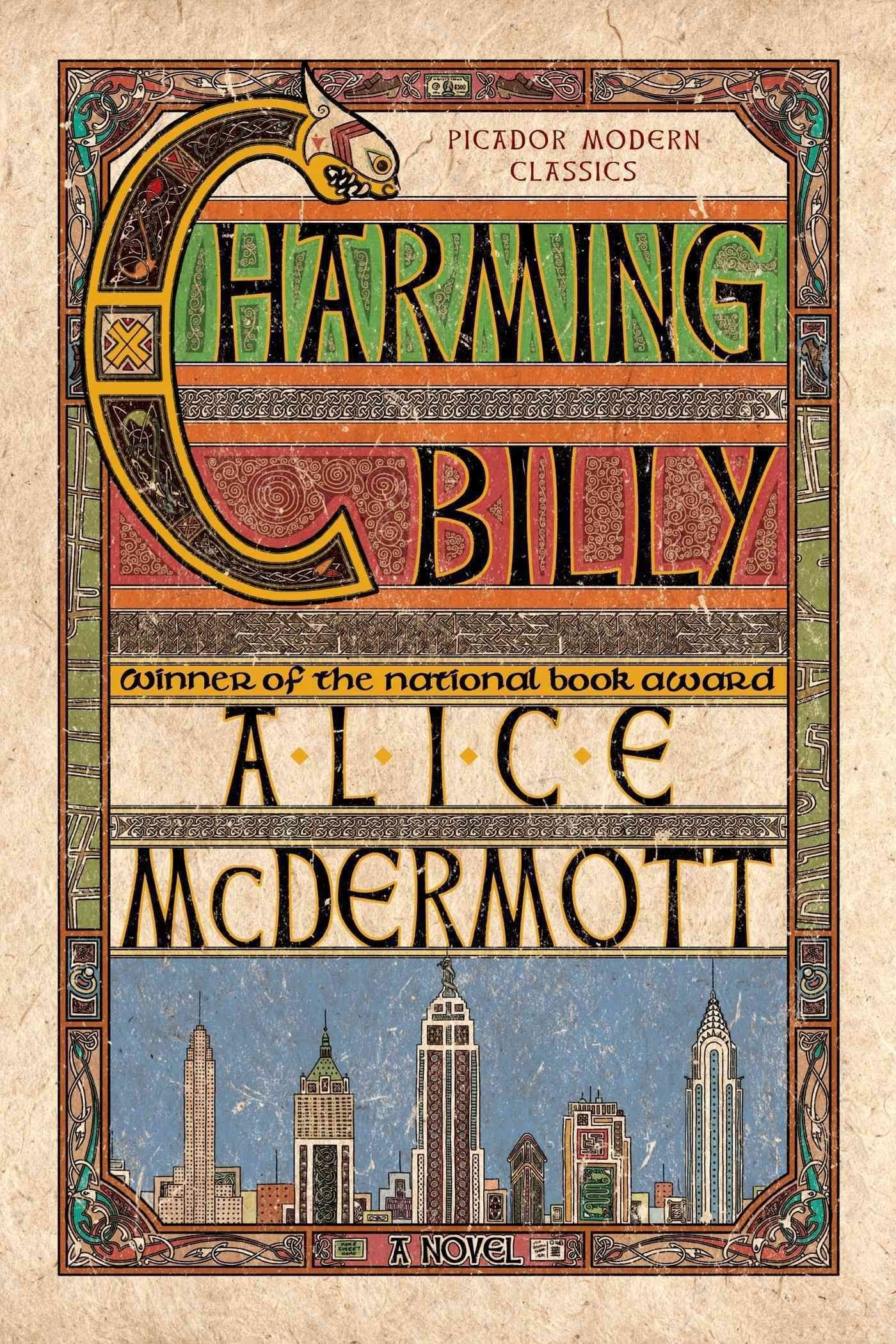
It is technically in second person, the narrator addressing her husband as “you,” but no more than three or four times in the book. And this is one of the things that has always awed me about CHARMING BILLY. The narrator, Dennis’s grown daughter, is in that very position, gathering the truth throughout the day, or what she presents as the truth to her husband years later as the text of the book. The masterful conjuring of a life through the diverse memories of his friends and family, told around the table in snippets and out of order as each person proudly (and jealously) offers his or her own piece of Billy’s life, creates countless questions in the reader’s mind: Who was the girl who died? What hardships did Billy’s wife have to endure? When and why did Billy go to Ireland as part of an attempt to stop drinking? The reader is like a child listening to the grown-ups talk, trying to fit the pieces together, not quite knowing or understanding what is being talked about or which version of events is to be believed. The book begins at his funeral where his family and friends reminisce, charming Billy back to life through their memories. This event begins Billy’s slow, long descent into alcoholism, which eventually kills him.

He takes a second job and a steep loan to send for her, but she dies soon after the money is sent. While there, they meet a pair of Irish sisters, nannies to one of the wealthy families that summer in the palatial “cottages” of the Hamptons.īilly falls in love with the younger sister, Eva, but when the summer ends, she returns to Ireland.

Upon returning to New York after World War II, Billy and his cousin Dennis spend the summer on Long Island renovating Dennis’s stepfather’s second home. CHARMING BILLY by Alice McDermott purports to be the life of Billy Lynch, a handsome, charming (as the title says), big-hearted man whose life was shaped by his first love.


 0 kommentar(er)
0 kommentar(er)
